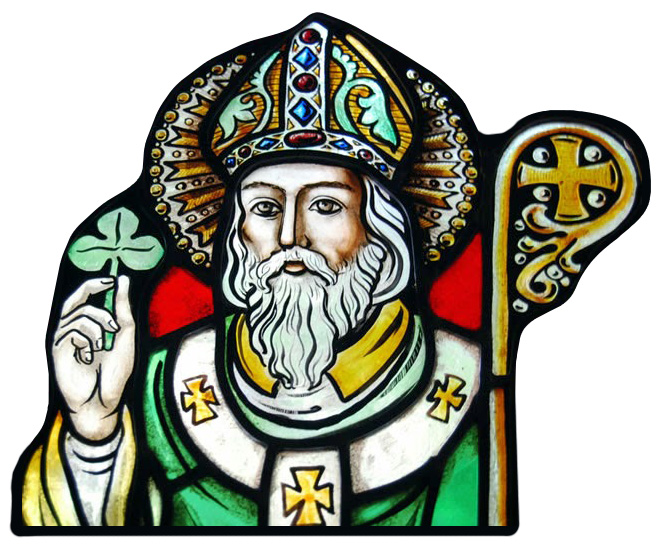Today is St Patrick’s Day, the day when Irish people get into the Guinness (although, I would imagine, that a public holiday is not needed for that to happen) and when non-Irish people start speaking with faux Irish accents, to be sure, to be sure. Light hearted fun and frivolity will be absent this year, as will the pints and the craic.
It seems a shame to ignore it altogether so here are some facts and items of trivia about St Patrick’s Day.
Saint Patrick's Day, also known as the Feast of Saint Patrick, is a cultural and religious celebration held on 17 March each year. That is the traditional death date of Saint Patrick (c. AD 385–461), the patron saint of Ireland. It is celebrated by getting well and truly pissed. No, I made that last sentence up but it is probably true.
Saint Patrick's Day is a public holiday in the Republic of Ireland, Northern Ireland, the Canadian province of Newfoundland and Labrador (for provincial government employees), and the British Overseas Territory of Montserrat. It is also widely celebrated in the United Kingdom,[ Canada, United States, Brazil, Argentina, Australia and New Zealand, especially amongst Irish diaspora.

St Patrick was born in Roman Britain and at age 14 or so was captured by Irish pirates, taken to Ireland and made to tend sheep as a slave. Whilst a captive he came to God, then escaped at age 20 to be reunited with his parents. Some years later he had a dream that a man called him back to Ireland. It inspired him to study for the priesthood and was ultimately ordained a bishop and sent to take the Gospel to Ireland, at that time a country of Druids and pagans. After 40 years preaching he had converted the whole of Ireland, often using shamrocks to explain the Holy Trinity. During this time he built numerous churches, performed miracles and wrote of his love for God. After years of living in poverty, traveling and enduring much suffering he died March 17, 461 at Saul, where he had built the first Irish church.
Saint Patrick's Day is celebrated in more countries than any other national festival.
This year Ireland has shut its 7,000 pubs, restaurants and cancelled parades ahead of the big day. Irish citizens have been urged to take to Facebook, Twitter and Instagram to share pictures of themselves celebrating at home and of floats they would have used in parades. The government brought in the strict measures after cases rose to 169 and two deaths were reported in the country.
ttps://www.dailymail.co.uk/news/article-8116357/Ireland-celebrate-St-Patricks-Day-social-media-public-events-cancelled.html
Saint Patrick's Day celebrations in the last few years have been criticised for having become too commercialised and for fostering negative stereotypes of the Irish people.
The first St. Patrick’s Day celebration in the United States was held in Boston in 1737.
Shamrocks are the national flower/emblem of Ireland. Legend says that each leaf of the clover has a meaning: Hope, Faith, Love and Luck.
Wearing green has become a staple of St. Patrick’s Day, but the holiday was originally associated with the colour blue. It’s thought that the shift to green happened because of Ireland’s nickname “The Emerald Isle,” the green in the Irish flag and the shamrock, or clover. Green ribbons and shamrocks were worn as early as the 17th century.
1962 marked the first time Chicago dyed their river green for St Patrick’s Day.


No comments:
Post a Comment
Note: Only a member of this blog may post a comment.